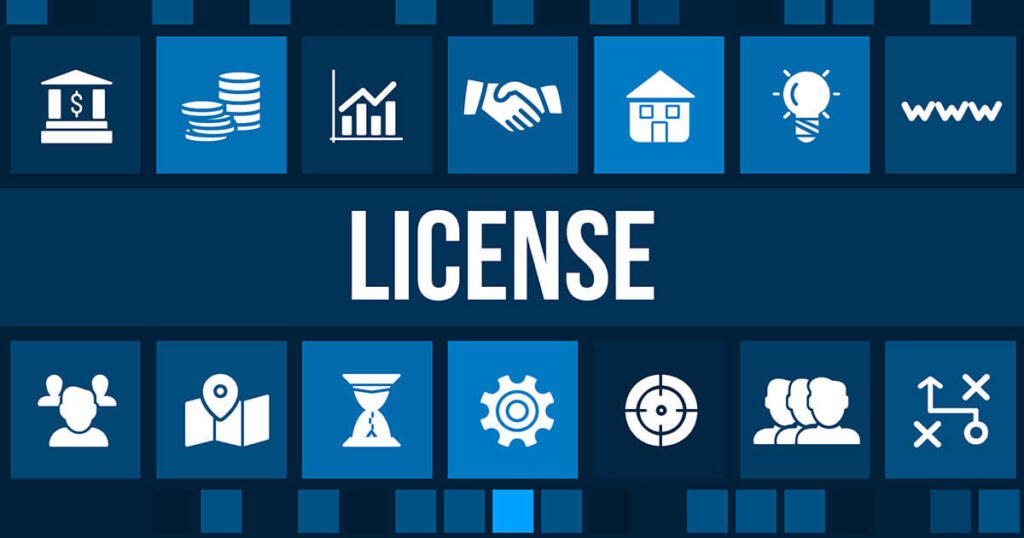

Open source software is built on the principles of freedom, transparency, and collaboration — yet every contribution and distribution depends on one critical layer: licensing. Understanding open source licenses and their legal implications ensures that innovation remains sustainable, compliant, and fair for all contributors.
The Licensing & Legal section of Outercurve is dedicated to helping developers, organizations, and project maintainers navigate the complex landscape of software licensing with clarity and confidence.
Every open source project is governed by a license that determines how its code can be used, modified, and shared. These licenses protect both the creators and users of software.
From permissive licenses like MIT and Apache 2.0, to copyleft options such as GPL, the terms of use vary widely. This section explains not only the legal text, but the real-world implications of each license — so you can make informed choices for your projects.
You’ll learn about:
The core differences between permissive and copyleft licenses.
The meaning of derivative works and redistribution rights.
Dual licensing models for commercial and open source releases.
How to comply with attribution and disclosure requirements.
Common pitfalls in license compatibility across dependencies.
By translating legal jargon into clear explanations, our goal is to make open source law approachable for everyone, not just attorneys.
Choosing the wrong license can create long-term legal and operational challenges. For instance, integrating GPL-licensed components into proprietary software can trigger unwanted obligations. Similarly, neglecting attribution or disclosure clauses can lead to compliance risks or reputational damage.
Through case-based articles and guides, this category helps you understand how to select, apply, and manage licenses responsibly.
You’ll also find resources for corporate compliance, license audits, and open source policy development — key for teams adopting large-scale open source solutions.
Start with our foundational resources:
“Which Open Source Software License Should I Use?” — a comprehensive breakdown of popular licenses and when to use them.
“How to Choose the Right Open Source License for Your Project” — a practical decision-making guide for developers and startups.
Together, these posts anchor the category and serve as entry points for deeper exploration into compliance, governance, and legal stewardship within the open source community.
Modern enterprises increasingly depend on open source components. Yet, with this adoption comes the need for structured license compliance programs.
In this section, we discuss best practices for:
Creating a Software Bill of Materials (SBOM).
Running internal license scans using open source tools.
Setting up governance frameworks for open source adoption.
Managing third-party contributions and contributor license agreements (CLAs).
These insights are designed for technical leads, legal teams, and compliance officers who want to ensure that open source usage aligns with corporate and community standards.
Legal risks in open source rarely stem from bad intent — they often arise from misunderstanding obligations. To reduce these risks, our articles address:
Trademark concerns when reusing project names or logos.
Patent clauses and the role of patent grants in licenses like Apache 2.0.
The impact of export control laws on global distribution of code.
The importance of respecting contributor ownership and moral rights.
We also explore the ethical side of open source law — ensuring that developers’ rights are respected while maintaining the collaborative spirit that defines the ecosystem.
“Learn how licensing impacts open source adoption in German industries.”
“See practical license application in our NuGet best practices guide.”
As open source adoption expands, new challenges emerge:
AI-generated code introduces novel copyright questions.
Security standards like SPDX and OpenChain redefine compliance frameworks.
Governments and institutions begin mandating open source transparency in procurement policies.
Outercurve’s Licensing & Legal section tracks these trends to help readers stay compliant and informed in a rapidly evolving landscape.
Legal literacy in open source isn’t optional anymore — it’s a professional asset. Developers who understand licensing can make smarter architectural decisions, contribute more effectively to communities, and protect both their rights and their organizations.
By exploring our guides, you’ll gain the confidence to handle open source licensing not as an obstacle, but as a framework that enables innovation and trust.
Whether you’re an independent developer or a compliance officer, this category will give you the tools to:
Select licenses with clarity.
Avoid compatibility pitfalls.
Contribute confidently to open source projects.
Build software that respects both the law and the spirit of collaboration.